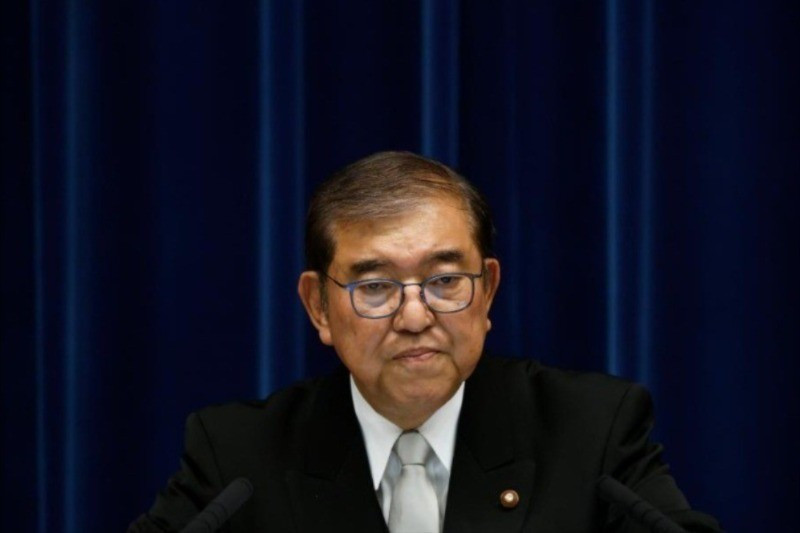Policies aimed at addressing rising prices have emerged as one of the central themes capturing voters’ attention ahead of the upcoming Japanese Upper House election. To secure public support, political parties in Japan are placing strong emphasis on this issue.
 |
| Japanese Prime Minister Ishiba Shigeru. (Photo: Xinhua) |
The election is scheduled for July 20, with the official campaign period beginning on July 3. This decision was made after Prime Minister Ishiba Shigeru’s government decided not to extend the current regular parliamentary session, meaning the ongoing 150-day session will conclude as planned on June 22.
This decision followed the passage of pension reform legislation, achieved through a last-minute compromise between the ruling Liberal Democratic Party (LDP) and the Constitutional Democratic Party of Japan (CDPJ), the largest opposition party.
Japan’s ruling coalition has faced challenges in advancing legislation since losing its majority in the Lower House in the October 2024 general election. The LDP and its coalition partner, Komeito, are now aiming to retain their majority in the Upper House in the upcoming vote.
Prime Minister Ishiba Shigeru, who also serves as LDP President, recently directed the party to include in its election manifesto a cash handout of 20,000 JPY (140 USD) per person. Additional payments of 20,000 JPY would be considered for each child and for each adult in households exempt from residential tax.
The estimated budget for this initiative is 3 trillion JPY (20 billion USD). It would be funded from tax revenue, rather than relying on national bonds, which are already significantly in deficit.
Just ahead of the election, Prime Minister Ishiba also added to the LDP’s platform a pledge for Japan to raise its nominal GDP to 1 quadrillion JPY (7 trillion USD) by 2040, and to increase average income by more than 50% over the same period.
According to Ishiba, Japan must build a strong economy by prioritising wage growth that exceeds inflation. He asserted that three decades of cost-cutting measures are coming to an end and emphasised that wage increases are the foundation of the government's growth strategy.
Meanwhile, to address a sharp rise in rice prices—double those of last year—the government has pledged comprehensive measures. These include facilitating the distribution of government rice reserves and conducting a detailed review of rice paddy cultivation area policies to ensure a stable food supply.
With this move, Prime Minister Ishiba is targeting one of Japan’s most deeply rooted and sensitive agricultural policies. In response to rising rice prices, he has signalled a willingness to reform Japan’s long-standing rice production adjustment policy, countering opposition parties’ populist proposals to cut consumption tax as a way to support household spending.
Ishiba opposes tax cuts, warning that such measures could undermine efforts to secure sufficient funding for social welfare and pension programmes, especially at a time when Japan’s fiscal health is one of the weakest among major economies.
In contrast, most opposition parties advocate reducing or eliminating consumption tax as a key measure in their platforms for the Upper House election.
The CDPJ, for example, proposes reducing the consumption tax on food to zero within one year, starting in April 2026, while introducing tax deductions combined with subsidies. The party also supports providing a 20,000 JPY cash handout per person until the tax reduction is implemented.
The Japan Innovation Party suggests temporarily abolishing the consumption tax on food until March 2027 and cutting social insurance premiums by 60,000 JPY annually for each working-age individual.
The fact that all political parties in Japan are prioritising measures to combat rising prices highlights the growing inflationary pressure on the world’s fourth-largest economy. These policy positions will also play a crucial role in shaping the outcome of the Upper House election.








Thông tin bạn đọc
Đóng Lưu thông tin